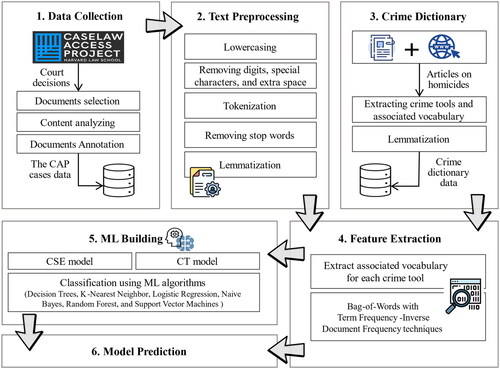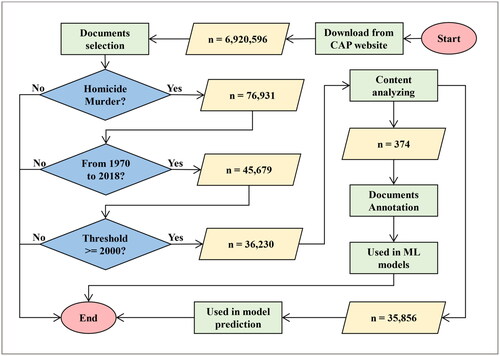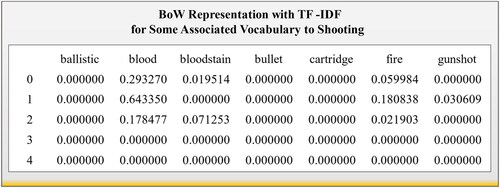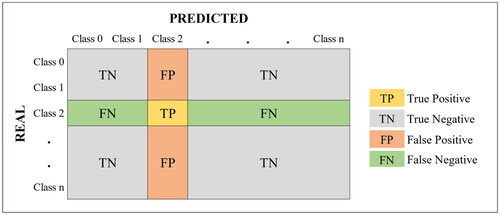Figures & data
Table 1. Summary of related studies to the crime classification.
Table 2. Summary of studies using legal documents.
Table 3. Statistics of the CAP dataset used for experimentation.
Table 4. An example of the different information contained in the court document.
Table 5. Crime dictionary (list of crime tools and associated vocabulary).
Table 6. Statistics of the dataset splitting for the experiment.
Table 7. The selected value of the Random State parameter () used in our experiment.
Figure 5. Statistics of crime documents (%) in the CAP dataset by crime tools. (a) Crime type: Beating. (b) Crime type: Shooting. (c) Crime type: Stabbing. (d) Crime type: Strangulation.
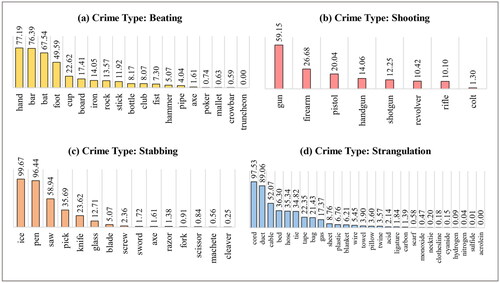
Figure 6. Heatmap of crime documents (%) in the CAP dataset. (a) Crime type: Beating. (b) Crime type: Shooting. (c) Crime type: Stabbing. (d) Crime type: Strangulation.
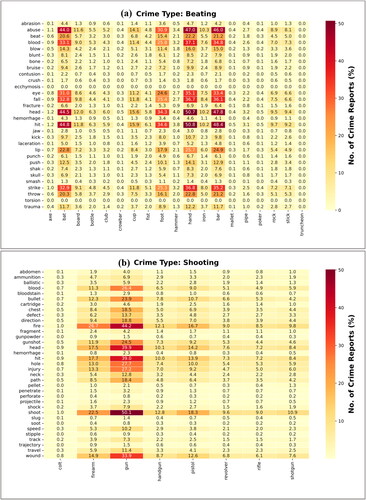
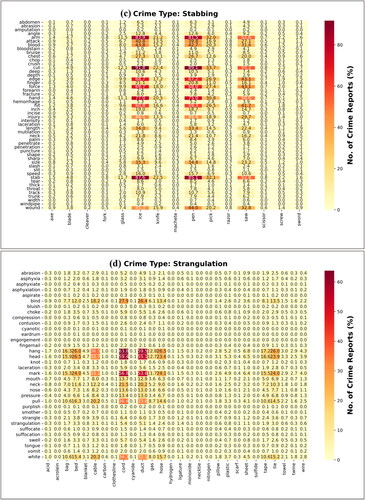
Table 8. Results of CSE model using different algorithms.
Table 9. Comparing result of CSE model with previous study.
Table 10. Results of CT model using different algorithms.
Table 11. Comparing result of CT model with previous studies.
Figure 8. Classification of documents from the CAP dataset according to our experience. (a) Crime scene existence model. (b) Crime type model.

Availability of data and materials
The dataset supporting the conclusions of this article is available in the [Harvard Law School Collection] repository, [https://case.law/about/].

